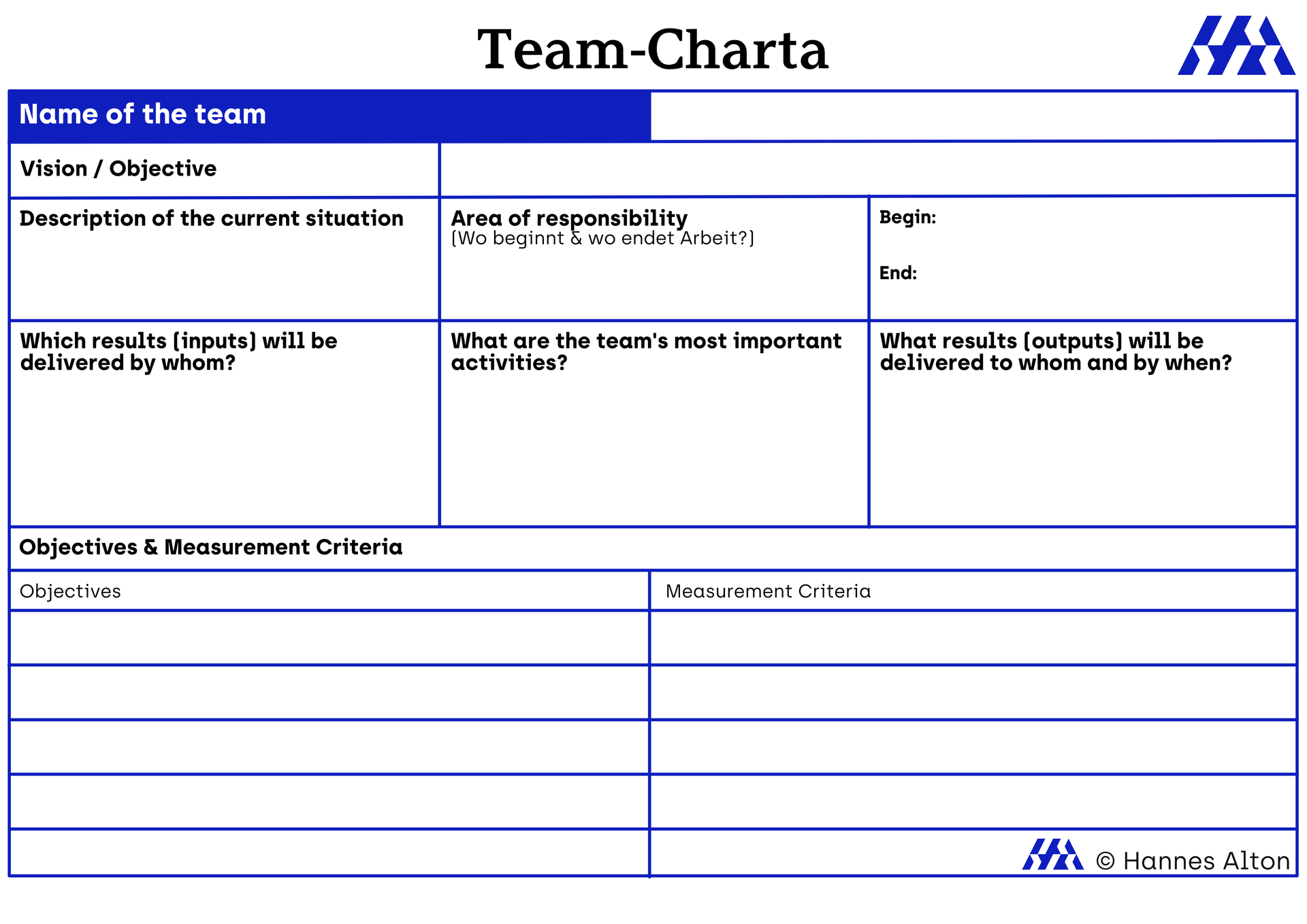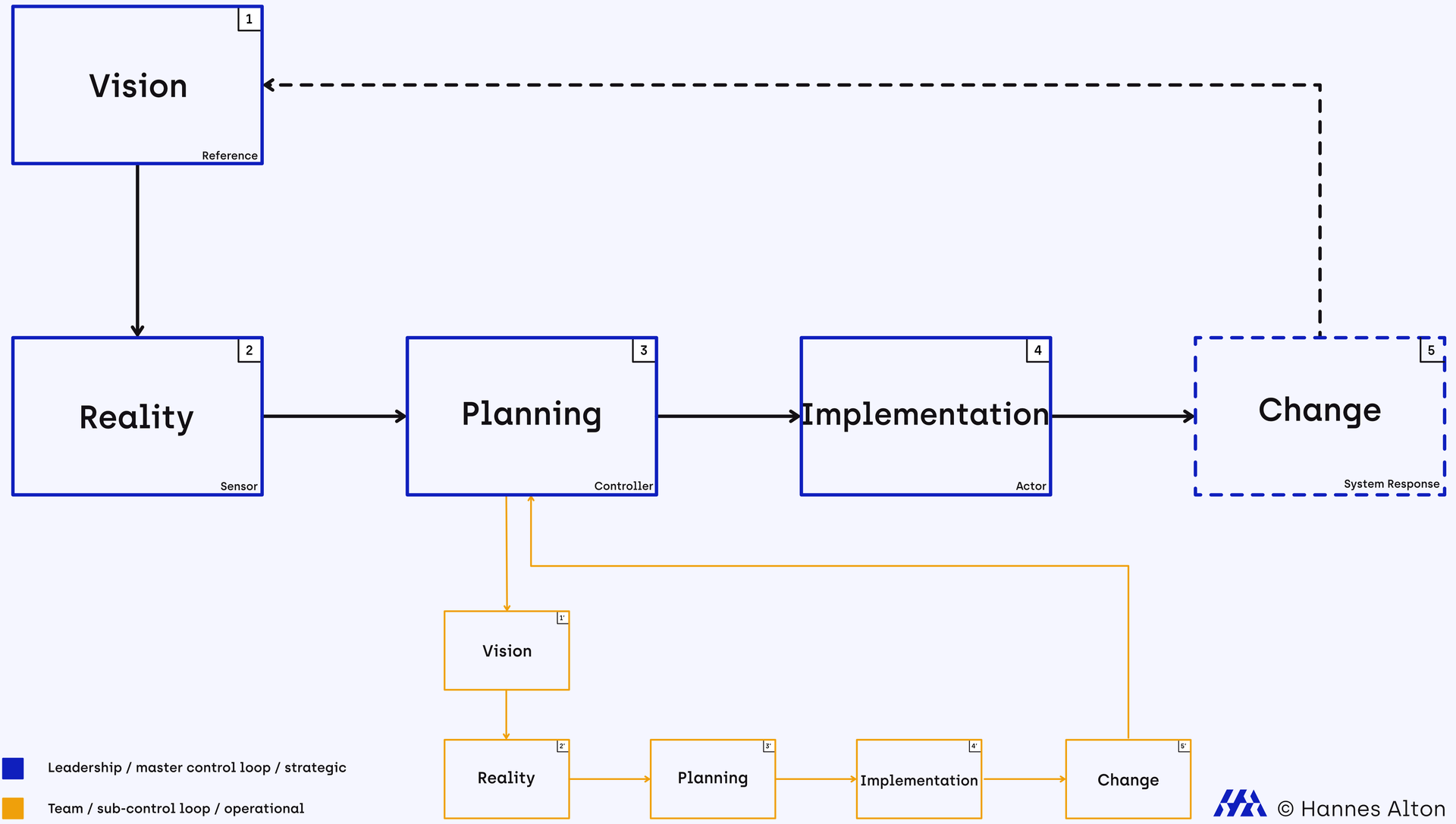From Vector³ to Implementation: Puzzle Transformation in action
What do large-scale transformations and the launch of Healthcare.gov have in common?
On paper, both appeared flawless. In execution, they turned into chaos.
- Goals were unclear and often misaligned
- Leaders disagreed on priorities
- Teams struggled with poor coordination
- Dependencies and risks were overlooked
- Plans were too detailed upfront and too rigid in practice
Puzzle Transformation takes a different approach:
- The overarching vision is developed in the Vector³ workshop
- Diverse perspectives are aligned into a shared direction
- The whole picture emerges from a set of smaller, manageable projects
- Regular feedback loops ensure alignment across teams
- Team charters create clarity on roles, goals, and success criteria
- Dependencies and risks are addressed from the outset
- A rough plan evolves into several well-crafted project roadmaps
Vector³ provides the foundation, while Puzzle Transformation delivers the operating system for successful change and transformation.
From vision to implementation
The goal of Vector³ is to develop a common understanding of the organization and the change process.
If understanding varies, confusion and uncertainty arise, ultimately leading to chaos and disorder.
The vision of the respective subsystem plays a key, often underestimated role in this.
- It provides direction without restricting.
- Explains why it is essential.
- Acts as a link between mission, goals, and strategy.
- Conveys a picture of the desired future.
In the VectorBlueprint module, the measures necessary to achieve the target state (vision) are deliberately not worked out in detail, but reduced to the essential criteria:
- Objectives
- Responsibilities
- Resources
- Success criteria
- Schedule
In this way, the master control loop provides (strategic) direction without restricting.
Master control loop: Control without micromanagement
The primary task of leadership is to create the conditions for teams to succeed.
The most common causes of team blockages and leadership overload are:
- Unclear goals and expectations
- Unclear roles and responsibilities
- Unclear interfaces and dependencies
- Lack of or excessive communication
- Lack of trust
Source: https://www.i4cp.com/meetings/i4cp-s-2024-next-practices-weekly-july-11-2024
“Trust reduces complexity.” Niklas Luhmann
The master control loop plays a crucial role in establishing clarity around goals, direction, and the conditions necessary for success, all while avoiding a focus on operational details. It provides guidance, minimizes uncertainty, and fosters an environment that enables teams to operate in a self-organized manner. It's important to note that self-organization does not imply a lack of leadership.
By managing change and transformation processes effectively, organizations avoid micromanagement. This outcome is a direct result of intentional organizational design, which is often the most underestimated aspect of leadership.
Teams are entrusted with responsibility for operational implementation, supported by clear guidelines and a foundation of trust.
Sub-control loop: Control without micromanagement
Interdisciplinary (cross-functional) teams are responsible for the detailed development and implementation of projects.
In change processes, there is a risk of taking on too many projects at once, which in turn leads to multitasking, the number one productivity killer.
The overarching vision is formulated with Vector³, creating a unified overall picture from various perspectives. This picture serves as a reference point for the sub-control loops.
Based on the overall picture, teams take care of the detailed development of the respective projects, ensuring common alignment (cohesion).
The members of the respective sub-control loops work with a team charter. This charter contains all the necessary information, such as:
- Vision (objective)
- Initial situation
- Area of responsibility
- Roles & responsibilities of team members, and
- Success criteria.

This tool fulfills two central functions:
- As a management and feedback tool that ensures that all team members have understood the assignment.
- As a point of reference for the entire team, which goal is being pursued, and what results are expected.
The team charter also functions as a communication tool for sharing information between sub-control loops in various parallel projects, helping to prevent duplication of work, misunderstandings, and misinterpretations.
Regular exchange between the master and sub-control loops follows the logic of Puzzle Transformation through feedback loops, enabling adjustments to be made at any time.
The sum of small steps creates the big picture without overburdening managers, employees, or the organization as a whole.
Employees become co-architects
Co-creation is based on the principle that employees become co-architects of change.
Change initiatives fail when, among other things:
- Employees do not understand the meaning and purpose of the change.
- Decisions are made over the heads of employees.
- Solutions are imposed on people who do not support them.
These are the reasons why many change initiatives fail.
To prevent this from happening, Puzzle Transformation is based on control loops. The master control loop (strategic) provides orientation, and implementation takes place in the sub-control loops.
Employees become co-architects
Co-creation is based on the principle that employees become co-architects of change.
Change initiatives fail when, among other things:
- Employees do not understand the meaning and purpose of the change.
- Decisions are made over the heads of employees.
- Solutions are imposed on people who do not support them.
These are the reasons why many change initiatives fail.
To prevent this from happening, Puzzle Transformation is based on control loops. The master control loop (strategic) provides orientation, and implementation takes place in the sub-control loops.

This ensures that:
- Employees understand the meaning and purpose of the change.
- Teams engage in identifying the best solutions.
- Teams develop solutions that are realistically implementable, supported by them, and work in practice.
“People accept what they create. When people are co-creators, they become part of the story.” Alan Moore
The difference between participation and co-creation
The difference between participation and co-creation lies in the depth and quality of involvement.
Participation means involving people or stakeholders in decision-making or design processes. It serves to gather opinions, information, or acceptance.
Co-creation, on the other hand, is a value-based, equal creative process in which different actors from different disciplines, cultures, or organizational levels work together creatively and openly to create something new. Responsibility and resources are shared, and a collective, creative flow emerges.
| Participation | Co-Creation | |
|---|---|---|
| Degree of involvement | Involvement, usually with guidance | Equal, creative collaboration |
| Type of responsibility | Often with leadership/organization | Shared responsibility & resources |
| Goal | Gather opinions, promote acceptance | Joint creation of new, innovative solutions |
| Influence on outcome | Limited influence on outcome | Open outcome, joint research & tinkering |
Using co-creation in change processes has a several advantages:
- Employees know the challenges firsthand.
- They are confronted with the initial situation daily and are therefore highly motivated to improve the current situation.
- They act as multipliers for the change initiative, keeping their colleagues informed about what is currently being worked on (transparency).
- In contrast to participation, teams are given responsibility for developing and implementing possible solutions (co-creation).
- Due to their proximity to the challenge, they know which measures are realistically feasible.
“Making the simple complicated is commonplace. Making the complicated simple... that's creativity.” Charles Mingus
In combination with clear guidelines from the master control loop, restrictions are deliberately formulated, e.g., through design criteria.
Conscious restrictions are a feature of every design project. This motivates designers (= members of the sub-control loop) to develop innovative, functional, and often surprisingly simple solutions.
Conclusion and outlook
Puzzle Transformation works with a master control loop and one or more sub-control loops. The master control loop provides stability and orientation. The sub-control loop is responsible for the detailed elaboration and implementation of the change projects.
Decentralizing implementation relieves management of the burden and empowers employees to become co-architects. This results in solutions that meet the organization's requirements and needs, and are supported by its employees.
Would you like to initiate a change process in your company or in your area?
Puzzle Transformation
is based on control loops and feedback loops. In the following article, you will learn
how feedback mechanisms contribute to the development of a learning organization.




